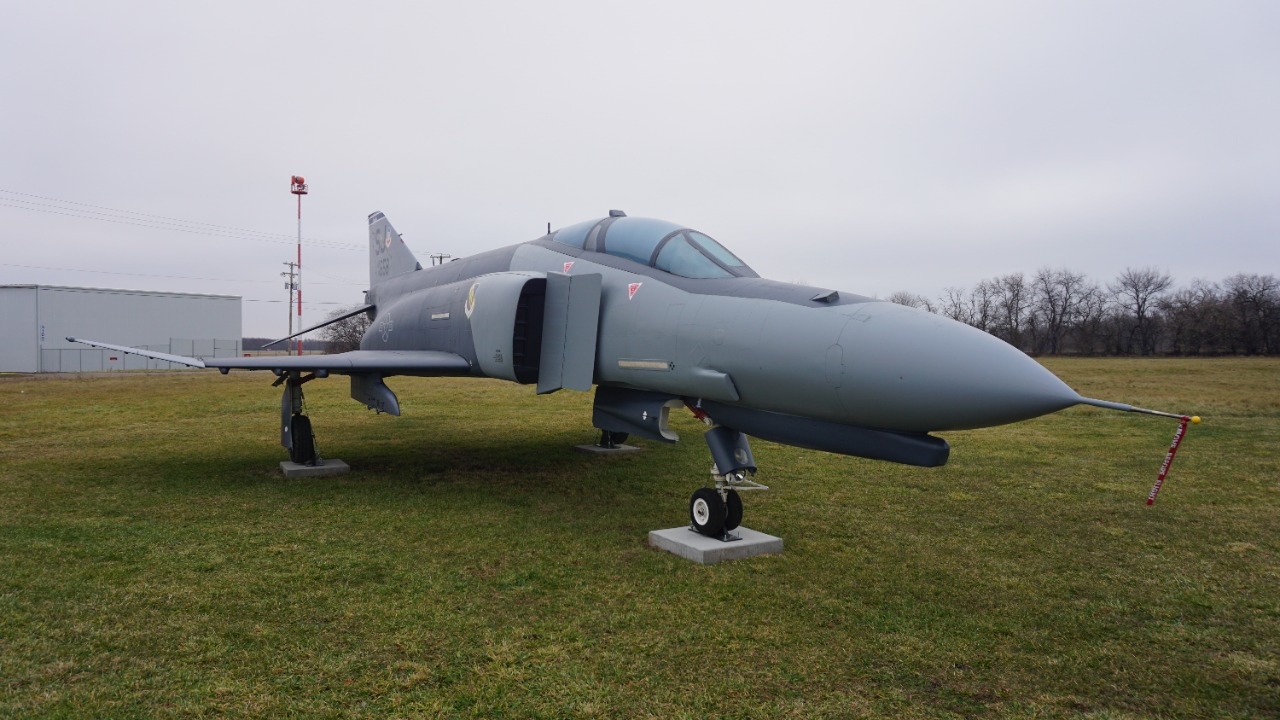
The F-4 Phantom II is not just a fighter jet; it’s a legendary aircraft that has shaped the history of aerial combat. Known for its versatility and formidable capabilities, the Phantom has left an indelible mark on military aviation. Exploring the elements that made the F-4 Phantom an iconic aircraft reveals a remarkable story of innovation and influence.
Revolutionary Design and Performance
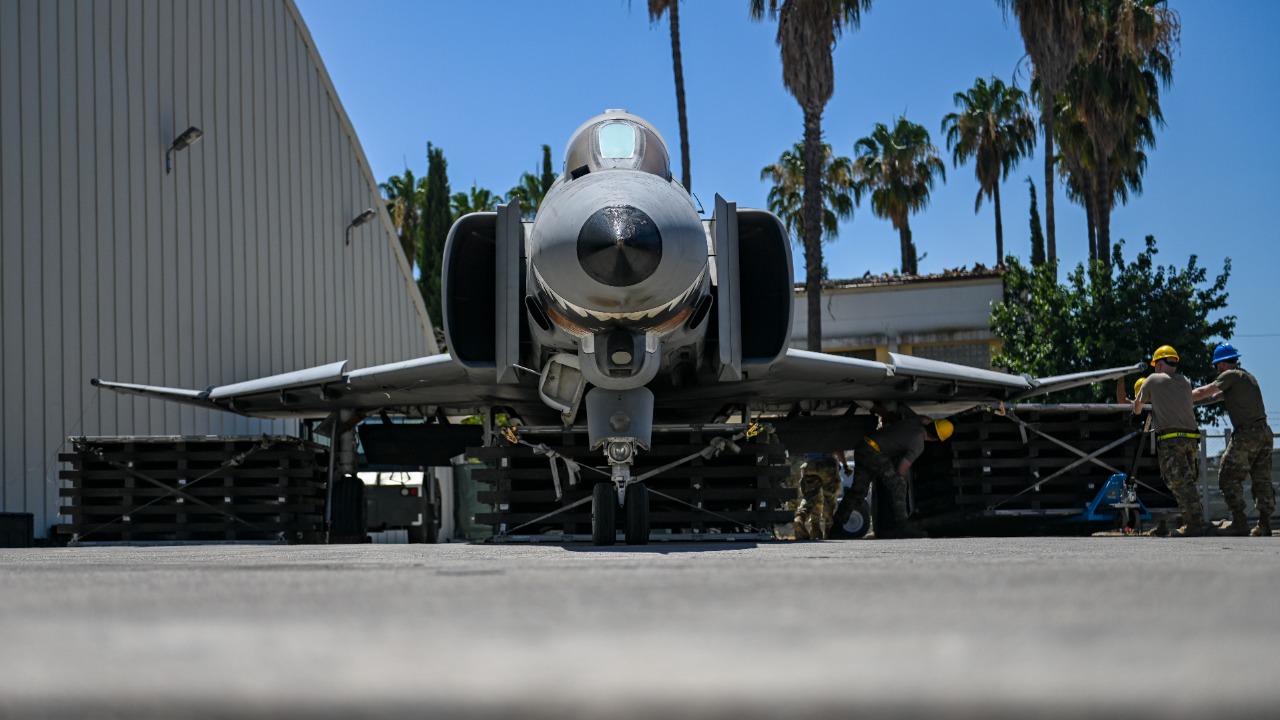
Supersonic Speeds and Versatility
The F-4 Phantom was groundbreaking in its ability to reach supersonic speeds, which was a significant advancement during its introduction in the 1960s. This capability was crucial for maintaining air superiority during an era when speed could determine the outcome of aerial engagements. The Phantom’s design allowed it to adapt to multiple roles, from fighter to reconnaissance, making it a versatile asset for military operations.
Its adaptability was further enhanced by its twin-engine configuration, which provided the necessary power and reliability for a wide range of missions. The Phantom’s robust airframe enabled it to carry heavy payloads, allowing it to serve effectively in both offensive and defensive operations. This versatility contributed to its widespread adoption by various military forces around the world.
Innovative Avionics and Weaponry
The F-4 Phantom was equipped with cutting-edge avionics that set new standards for fighter aircraft of its time. Its radar systems and electronic countermeasure capabilities were among the most advanced available, providing pilots with a significant tactical advantage. This technological edge was further complemented by the Phantom’s ability to carry a diverse array of weapons, from air-to-air missiles to precision-guided bombs.
These innovations in avionics and weaponry allowed the Phantom to excel in complex missions, including dogfights and strategic bombing runs. Its capability to engage multiple targets simultaneously made it a formidable opponent against adversaries, solidifying its reputation as a versatile and lethal fighter jet.
Combat Proven Legacy
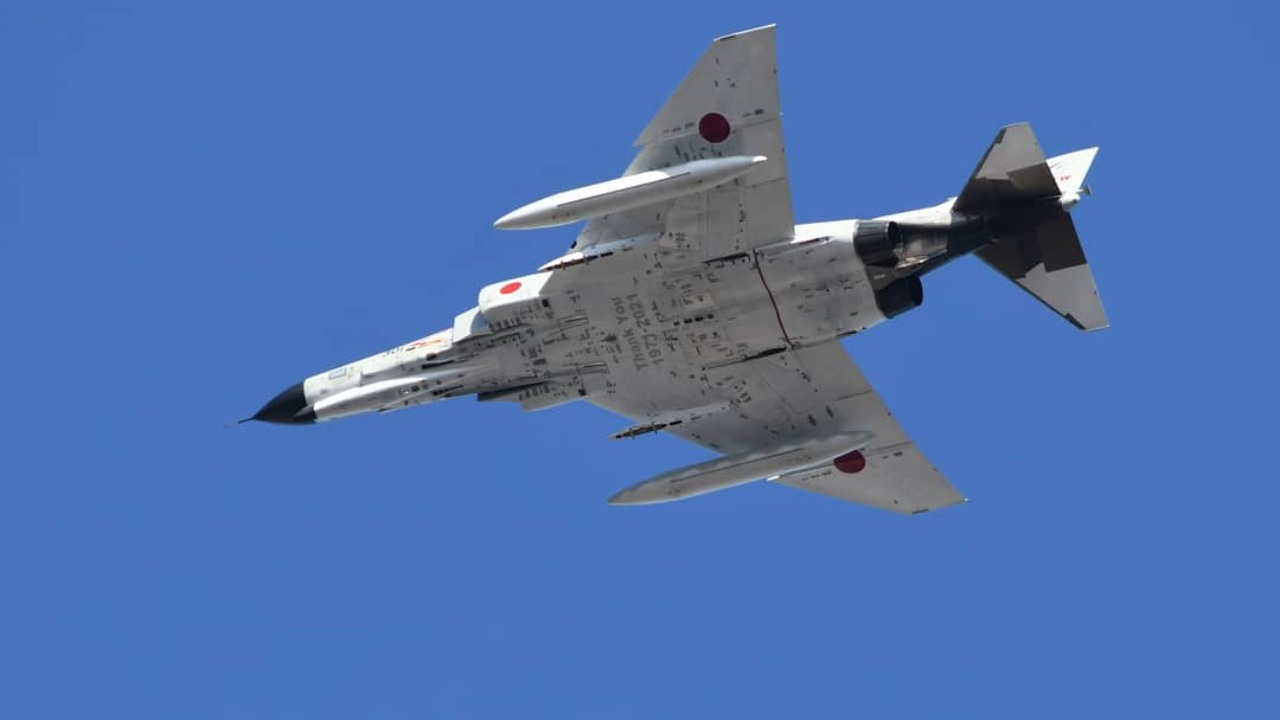
Vietnam War Contributions
The F-4 Phantom played a pivotal role in the Vietnam War, where it was used extensively in various combat scenarios. Its ability to deliver both air-to-air and air-to-ground attacks made it invaluable in the conflict. The Phantom’s durability and firepower allowed it to endure harsh conditions while executing precision strikes against enemy positions.
Throughout the war, the Phantom demonstrated its combat effectiveness and strategic importance by achieving numerous aerial victories against enemy aircraft. Its success in the Vietnam War not only highlighted its capabilities but also established its status as a key component of military airpower during the conflict.
Global Deployments and Influence
Beyond Vietnam, the F-4 Phantom was adopted by several air forces around the world, including those of NATO allies and other nations. Its widespread deployment influenced international military aviation tactics and strategies, as countries integrated the Phantom into their own air defense systems.
The aircraft’s global reach and adaptability reinforced its reputation as a reliable and potent fighter jet. Its influence extended to shaping the development of subsequent generations of fighter aircraft, as many nations sought to replicate the Phantom’s successful design and capabilities.
Cultural Impact and Media Presence
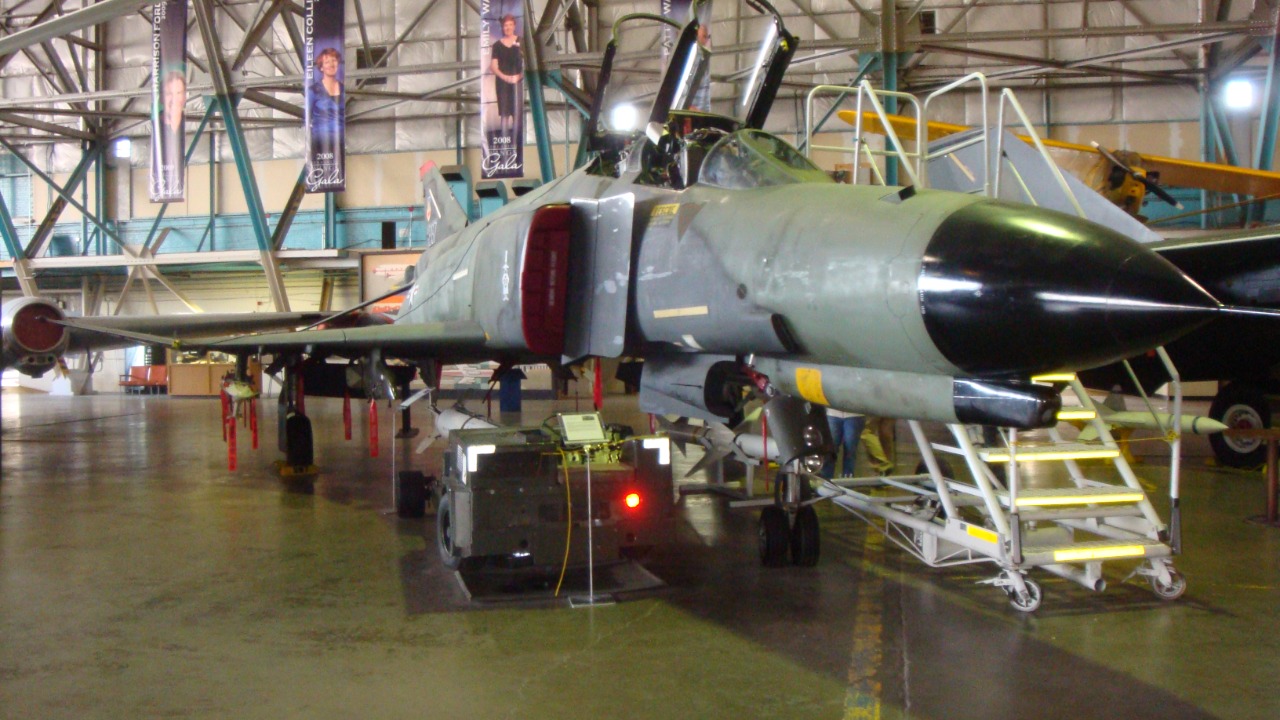
Popular Media and Public Perception
The F-4 Phantom has been prominently featured in films, books, and documentaries, contributing to its iconic status. Its appearances in popular media have helped cement its image as a symbol of military prowess and technological advancement. The Phantom’s presence in these formats has captivated audiences, further enhancing its reputation among enthusiasts and the general public alike.
Public perception of the Phantom as a formidable fighter jet is bolstered by its portrayal in various media, where it often serves as a representation of air power and military might. This cultural impact has ensured that the Phantom remains a recognizable and respected figure in the realm of aviation history.
Symbol of Cold War Military Might
During the Cold War era, the F-4 Phantom became synonymous with technological advancement and military power. As tensions between superpowers heightened, the Phantom represented the cutting-edge of Western aviation technology, serving as a deterrent and a key asset in maintaining a strategic balance.
Its role as a symbol of military might during this period is a testament to its capabilities and the trust placed in it by military planners. The Phantom’s enduring legacy as a Cold War icon underscores its significance in the broader context of 20th-century military history.
Longevity and Continued Use
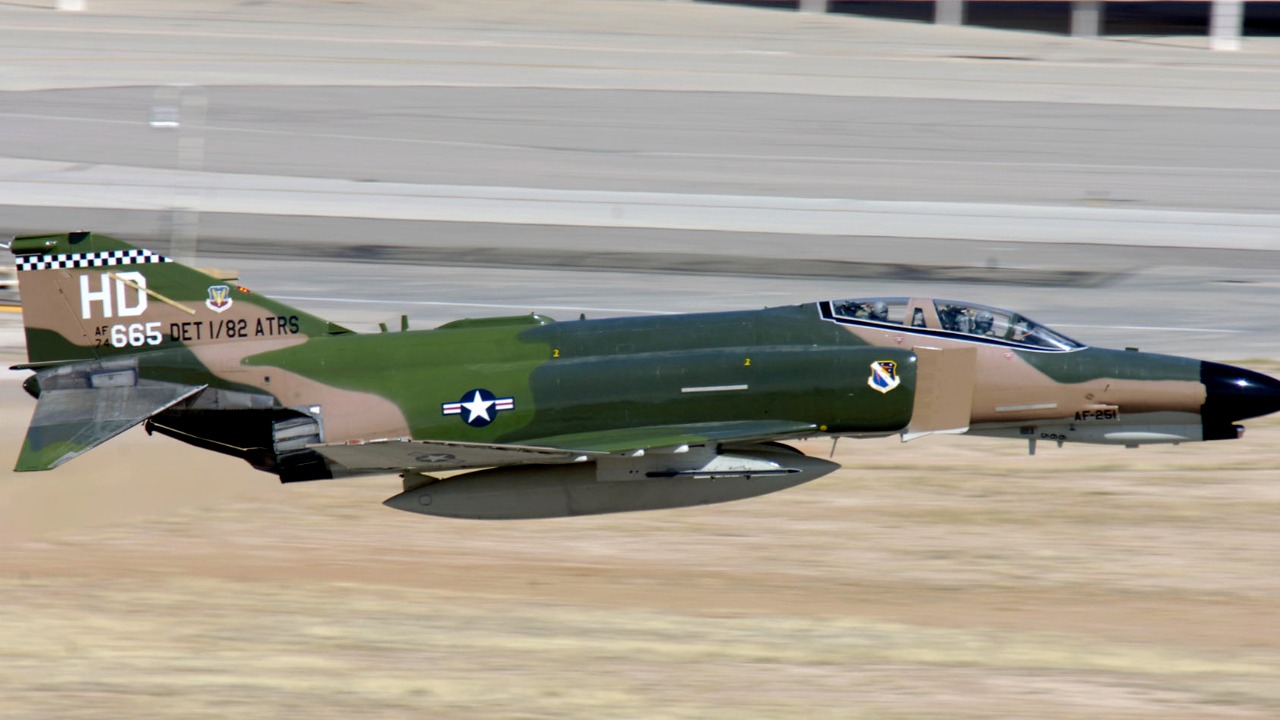
Ongoing Service in Foreign Militaries
Despite being introduced over six decades ago, the F-4 Phantom continues to be operated by several foreign militaries, including Iran. The aircraft’s durability and effectiveness have enabled it to remain in service long after newer models have taken to the skies. Its continued use highlights its robust design and adaptability in various combat scenarios.
The Phantom’s longevity is also attributed to its ease of maintenance and upgradeability, allowing operators to modernize its systems to meet current operational requirements. This ongoing service is a testament to the aircraft’s enduring value and reliability.
Private Sector Interest
In recent years, private companies have shown interest in utilizing the F-4 Phantom for innovative applications, such as space launch endeavors. The aircraft’s structural integrity and performance capabilities make it an attractive option for private sector projects seeking to leverage its unique attributes.
This interest from the private sector underscores the Phantom’s enduring utility beyond traditional military roles, showcasing its adaptability and potential for future technological applications.
Technological and Historical Significance
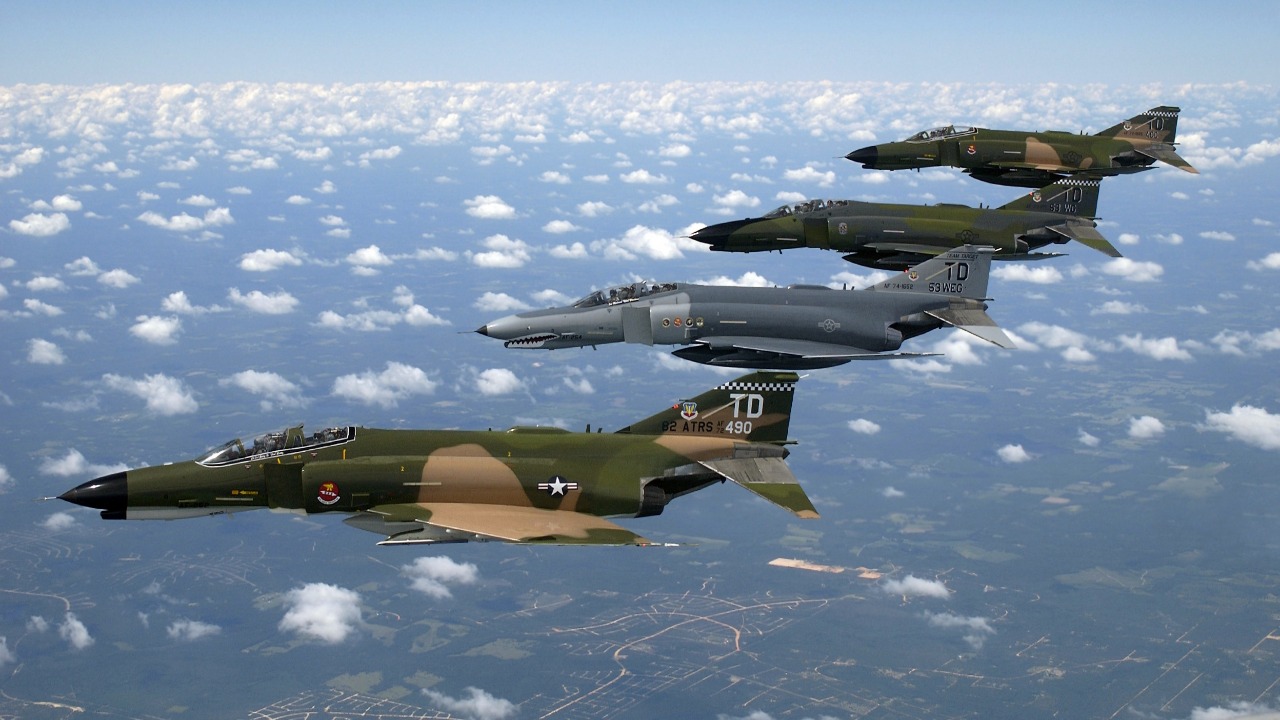
Advancements Pioneered by the F-4
The F-4 Phantom introduced numerous technological advancements that paved the way for future generations of fighter aircraft. Its integration of sophisticated avionics and weapon systems set new benchmarks for performance and capability. These innovations have had a lasting impact on the development of modern fighter jets, influencing design philosophies and technological approaches.
As a trailblazer in its field, the Phantom’s contributions to aviation technology continue to be recognized and studied by aerospace engineers and historians. Its role in pioneering advancements has cemented its place as a significant milestone in the evolution of military aviation.
Aviation Milestones and Records
The F-4 Phantom has achieved several significant records and milestones in aviation history. These achievements include setting speed and altitude records, as well as amassing numerous aerial victories in combat. The Phantom’s impressive performance in these areas has earned it a distinguished place in the annals of aviation history.
Its legacy as an iconic fighter jet is further solidified by its contributions to air combat and its influence on subsequent aircraft designs. The Phantom’s enduring impact on military aviation underscores its importance as a pioneering force in the history of flight.